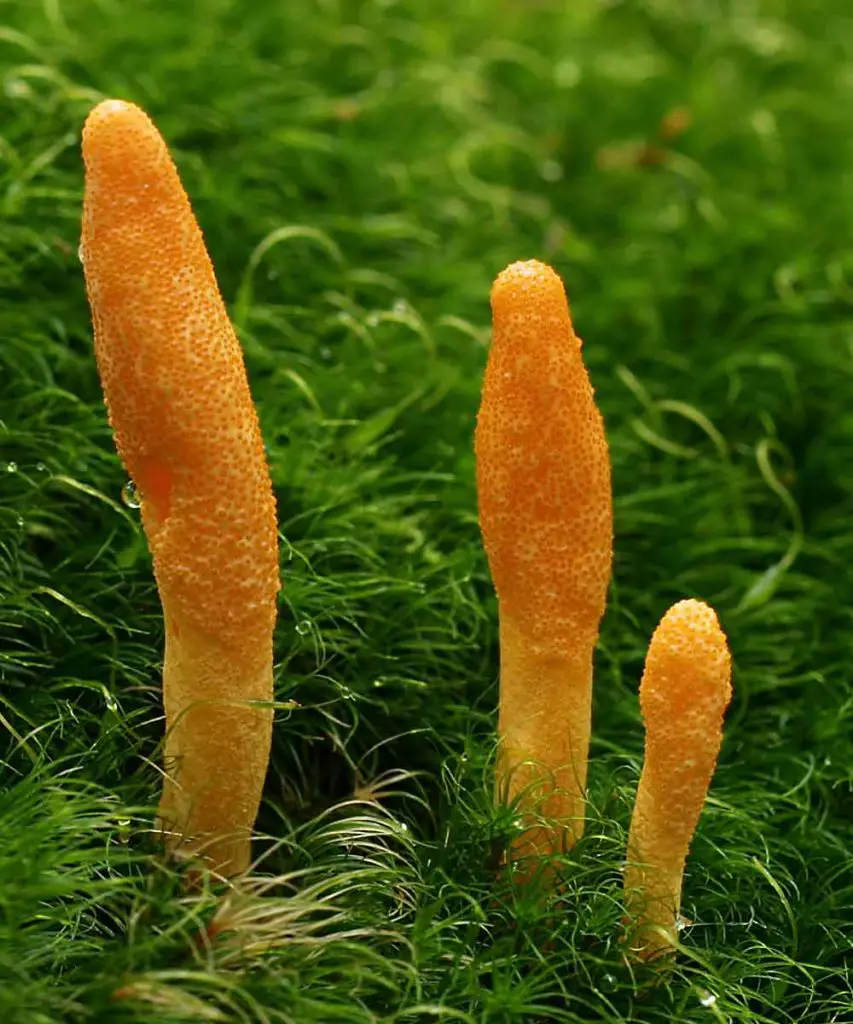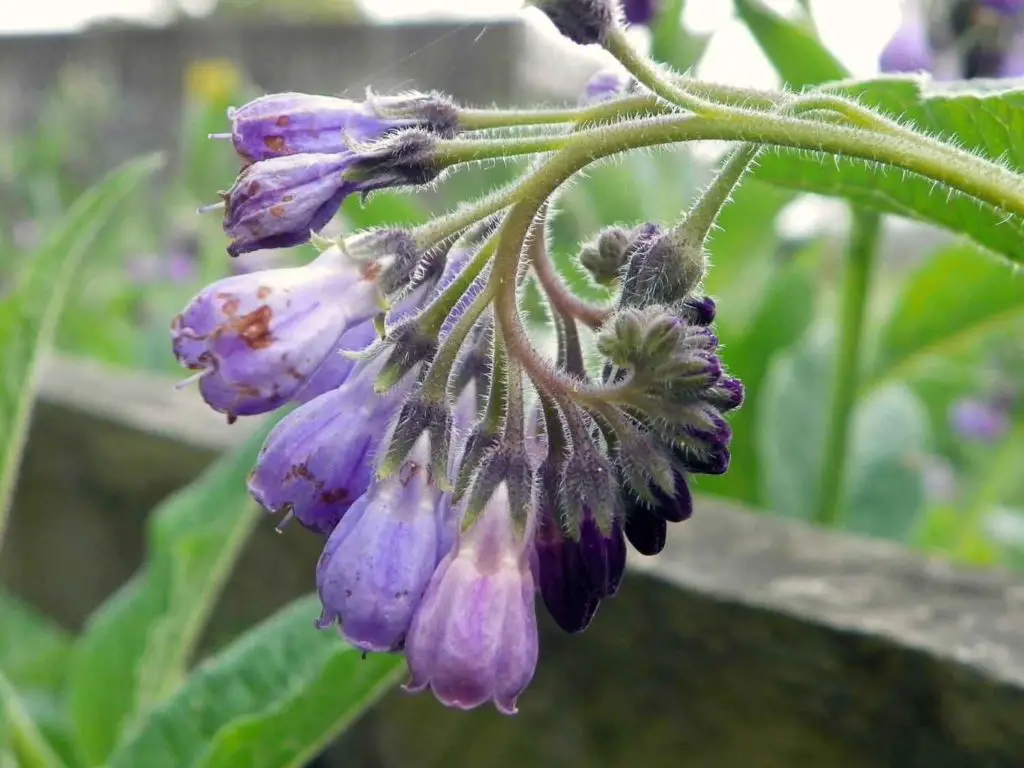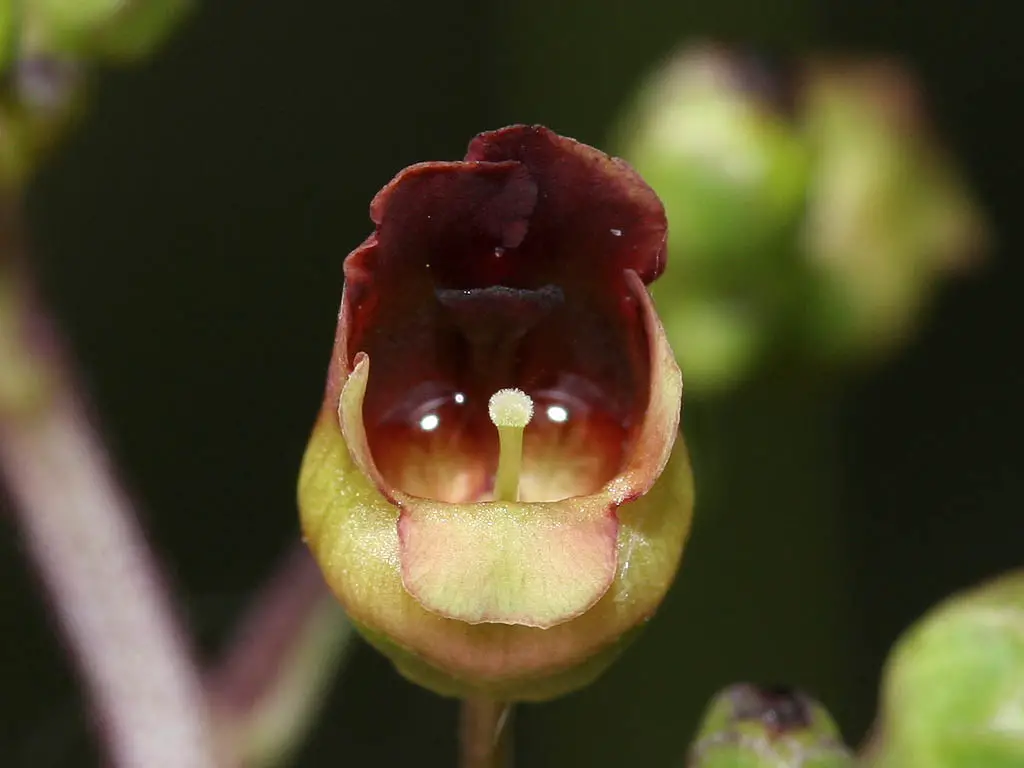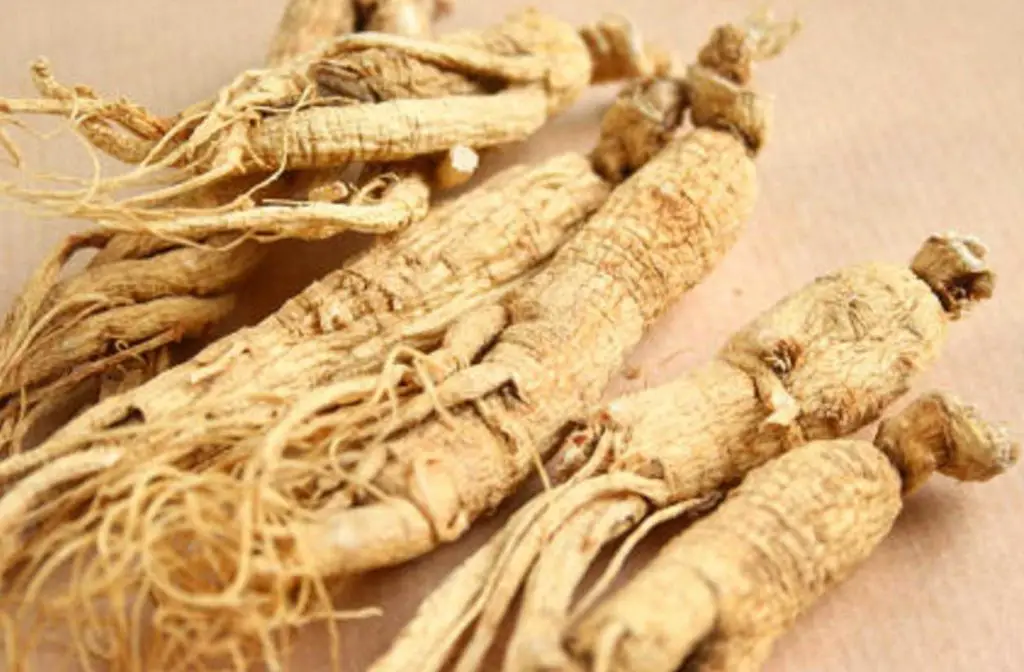What is Cordyceps Mushroom?
The term Cordyceps technically refers not to one mushroom, but to an entire genus of mushrooms within which over 400 species are classified. The genus Cordyceps is comprised of parasitic fungi that grow on or in various insects, and sometimes on other fungi. The most common medicinal Cordyceps species are Cordyceps sinensis and Cordyceps militaris (abbr. C. sinensis and C. militaris). There are other closely related species that are very similar to C. sinensis, and other medicinal parasitic fungal species that actually live on wild C. sinensis specimens. The complexity of this species is one of the reasons the study of this medicine has been so complicated and information on the subject so diverse. Other common vernacular names include: Chinese caterpillar fungus; yarsa/yarcha gumba (Tibet); keera jhar (Nepal); dong chong xi cao (China); and tocheikasa (Japan).
Cordyceps Sinensis vs Cordyceps Militaris
- Cordyceps sinensis is generally considered to be the naturally occurring fungal
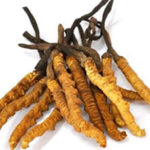
complex with the fruiting bodies and parasitized worm attached. These specimens are extremely rare (isolated to the Himalayan plateaus) and very expensive, and therefore they are not commercially viable. Furthermore, given the complex parasitic relationship and precise growth needs, it is extremely difficult to cultivate C. sinensis species artificially.
- Cordyceps militaris, on the other hand, is more widely distributed

across the world. It is much easier to grow in cultivated settings due to its stability and vigor, and it has been repeatedly demonstrated to have equal or better therapeutic potential over C. sinensis. It is effectively a more ecologically sustainable and commercially viable replacement for the rare C. sinensis.
Hirsutella sinensis is considered by experts to be an anamorph (the asexual reproductive stage) of C. sinensis, and this is validated by DNA testing. H. sinensis has been successfully fermented on a commercial scale for medicinal use, as in for example the product Corbrin, a state-protected traditional medicine in China.
CS-4 (as JinShuiBao capsule in China) was isolated in the 1980s and is a standardized, fermented mycelial product used extensively in clinical studies in China. It has recently been discovered that CS-4, once thought to be true C. sinensis, is actually a different species known as Paecilomyces hepiali, which is a parasitic fungus that lives on the typical C. sinensis. The majority of research is based on CS-4 that demonstrates therapeutic effects, so concern about CS-4 not being “true” C. sinensis is negligible.
For the purposes of simplicity, we will refer to all of the above products as Cordyceps within this article. Cordycepin, cordycepic acid, and polysaccharides are the constituents most commonly analyzed in clinical literature.
Within the mycological (study of mushrooms) academic community, there is an ongoing debate about how the names of genus and species for Cordyceps, and the classification of already-described specimens are changing. Today, the technical term for the Cordyceps genus has been changed to Ophiocordyceps – if you see this term, know that it is (for consumer purposes) equivalent to the familiar Cordyceps.
A perceptive consumer of medicinal mushrooms will likely notice this varying nomenclature in your search for products; it will be important to know exactly what you are purchasing. If the label is vague or just says Cordyceps, calling the manufacturer of a product for additional information is a good idea (this would also be a great way to determine how the mushroom is prepared, more on that later). Second, you may find that a given strain within the Cordyceps species is more applicable to your health needs than another type.
Cordyceps Benefits and Uses
AMPK Activator
Cordyceps is a well known AMPK Activator. It regulates our cells and keeps them functioning as well as encourages ATP (energy) production. The activation of AMPK leads to MANY benefits many of which are listed below.
Adaptogen
Cordyceps is classified as an adaptogen. Adaptogens are supplements that help the body deal with physical and mental stress. They regulate hormones and help fight off infections.
Cancer
Cordyceps has been used as an adjuvant (supplemental) therapeutic to conventional cancer treatment, such as chemotherapy. It inhibits tumor cell growth, encourages apoptosis (programmed cell death) of cancer cells and has local and systemic immune strengthening effects. Anti-tumor effects have been demonstrated in breast cancer cells, melanoma cells, liver cells, and in leukemia. Cordyceps has also been shown to interfere with the replication of tumor-inducing viruses and has an anti-mutation effect. It has been shown to have systemic immune-boosting effects, modulating and balancing immune functions throughout the body.
Organ Transplants
Interestingly, Cordyceps is being used experimentally as an adjuvant for organ transplant patients who are on immunosuppressive drugs in order to prevent the body from rejecting the new organ. In studies on kidney transplant recipients, Cordyceps administered with the normal pharmaceutical regimen allowed patients to receive smaller doses of the pharmaceuticals, causing fewer side effects without increasing the risk of rejection. Since in its natural environment, Cordyceps is a parasite, it would make sense that it has some effect on managing the immune reaction of the host body, so Cordyceps can take root and grow.
Heart Disease
Cordyceps is shown to lower blood pressure, either by direct dilatory effects or by m-cholinergic receptors, which improve circulation in the heart and brain. It has been shown to correct abnormal heart rhythms, and can increase cardiac output by 60% when used in conjunction with conventional treatments for chronic heart failure. It has been shown to be a blood thinner, and prevents platelet aggregation. It protects against atherosclerosis (plaque buildup in the arteries), regulates blood lipid metabolism, and controls hyperlipidemia/cholesterol levels (fat in the blood).
Sexual Function
In mice, Cordyceps administration was shown to elevate testosterone levels, enhance sperm quality and quantity, and strengthen accessory genital glands. Cordyceps is demonstrated to improve sexual symptoms in humans, including impotency and sperm count in men, and libido in both men and women.
Anti-aging
Studies of elderly patients using CS-4 showed improvement in measures of fatigue, cold intolerance, dizziness, nighttime urination, tinnitus, sexual function, and memory, as well as an increase in red blood cell counts. Cordyceps provides anti-inflammatory and anti-oxidant effects, and also neutralizes free radicals, which has anti-aging effects.
Athletic performance and endurance
There is evidence that Cordyceps can improve physical performance and stamina. This is achieved via activation of metabolic regulators in muscle (ATP) and through improved response of the body to oxidative stress. Additionally, the use of cordyceps enabled the body to use oxygen more efficiently in supporting organs and tissues.
Diabetes and Kidney Disease
Diabetic nephropathy is kidney damage caused by diabetes. Cordyceps is shown to be protective of the kidneys in these cases with few side effects. In diabetic animals, Cordyceps was shown to improve insulin resistance, insulin excretion, and lower blood glucose.
Liver Diseases
Cordyceps has been shown to have a protective effect in patients with viral hepatitis A, chronic hepatitis B, chronic hepatitis C, and hepatic fibrosis.
Respiratory ailments
Patients with respiratory diseases felt physically stronger after one month of CS-4 use, with some able to jog for 200 meters. CS-4-treated patients with COPD (chronic obstructive pulmonary disease) showed improvement in cough, phlegm, appetite, and other pulmonary symptoms. It is used traditionally for chronic bronchitis, asthma, and tuberculosis.
Cordyceps Mushroom Historical and Traditional Use
Tibetan consumption of Cordyceps varies in frequency between the provinces. In traditional Tibetan medicine, it is used as a general vigor tonic and aphrodisiac. The traditional tonic is prepared by submerging three to five C. sinensis specimens per half liter of barley or rice alcohol and letting the tincture marinate for 2 months to one year. Alternatively, the tonic is prepared in cow’s milk and honey. Interestingly, Cordyceps is more far important therapeutically in Traditional Chinese Medicine (TCM) than in traditional Tibetan medicine, as evidenced by the lack of or sparse mention of the fungus in authoritative traditional Tibetan medical texts.
Cordyceps Natural Habitat
Classic C. sinensis is found growing from the head of a subterranean caterpillar that lives at high altitudes (3,500-5,000 meters) in the Qinghai-Tibetan plateau, a very isolated and unique ecological niche. The growth medium is referred to as an ‘insect-fungi complex’– C. sinensis infects the underground ghost moth caterpillar, develops the mycelia within the caterpillar’s body, and eventually produces a fruiting body above ground which sprouts from the head of the caterpillar. The Tibetan word for C. sinensis means “summer grass, winter worm”.
It is a naturally rare species. Because of this, C. sinensis has long been the most expensive raw material used in Oriental Medicine. Traditional methods of C. sinensis harvesting in Tibet is a rather fascinating process. The harvesting season starts at the beginning of April and lasts until the end of June. On a daily basis, Tibetans of all walks of life ascend to the high grasslands, where they lie on the ground on their stomachs. They scan the land from eye-level, peering between grass and bushes, looking for the tiny fungus interspersed between other vegetation of similar height and color.
Modern Cultivation
Wild-harvested C. sinensis became a cash crop in the Himalayas in the early 2000s, to the extent that it is now considered an endangered species in China. Demand exploded in 2003 in congruence with the SARS outbreak in China, as it was viewed as a magic bullet treatment. As of 2015, the best quality specimens fetched 400,000 RMB/kg (> USD 58,000/kg). Accordingly, the price of true wild-harvested C. sinensis makes it an impossible acquisition for almost anyone: the price of one wild-harvested specimen was at least USD175 per the date of this writing. Any reasonably-priced Cordyceps supplement you find on the market that claims to be from wild-harvested specimens is peddling deception; there is simply no way to provide an international market with wild specimens at a mass-market price.
The cultivated fungal mycelia of some C. sinensis species have been demonstrated to produce pharmacological effects similar to those of wild specimens. Because cultivation efforts mimicking the insect-fungi complex are thus far failures, all Cordyceps products available on the market are actually isolated fungal strains (rather than the aforementioned fungi complex), cultivated separately via aseptic liquid fermentation or solid substrate (usually rice, wheat or rye).
What makes a good Cordyceps Product?
Mushroom supplements in general are a challenging market for the consumer to wade through: all mushroom supplements are definitely not created equal, or even close. If you want to get the documented benefits of a Cordyceps supplement, you absolutely must choose the correct product. It’s really easy to find therapeutically worthless mushroom supplements. In fact, there are only a handful of consumer-ready brands in the world that are worthwhile.
Some common words you will see in relation to mushroom supplements are: biomass, mycelium, fruiting body, solid state fermentation, aseptic liquid fermentation, and dual extract or full spectrum extract. Manufacturers use these terms on their product labels, so it is important for you, the consumer, to be familiar with them, so that you can make the best purchases.
Biomass means organic matter used to ‘fuel’ the growth of the fungi – this is the medium (substrate) on which the fungus develops (akin to soil in the garden). The mycelium (pl. mycelia) is akin to the roots of flowering plants in some ways – this is how the fungus contributes to the decomposition of the surrounding biomass and absorbs nutrients. The mycelia are also the primary mode of growth and play a part in reproduction. The fruiting body is the part of the mushroom we see above ground (the mushroom ‘caps’); it produces spores for sexual reproduction.
For Cordyceps specifically, the fruiting bodies (the part that is visible above ground in the wild insect-fungi complex) are very small and are very challenging to produce under cultivation. While they do contain therapeutic constituents, they are not necessary to achieve health benefits. In fact, Traditional Chinese Medicine (TCM) values most highly the Cordyceps specimen, which has a small fruiting body and a large subterranean worm filled with mycelia. This distribution of therapeutics in the mycelia is why carefully cultivated products (which often do not produce a fruiting body at all) are essentially therapeutically equivalent to the wild specimens.
Choosing a Cordyceps Extract
Mushrooms must be processed in a specific way – extracted — in order to release the therapeutic constituents from the cells (note that an extract is not the same as a tincture). So why is extraction so important for mushroom products? It’s due to the nature of fungal cell construction, which is composed of chitin. Chitin is also the same substance that makes up insect and crustacean shells (hard and tough!). Humans cannot digest chitin (break down the cell’s walls), so even after passing through the full digestive process in the gastrointestinal tract, the therapeutic constituents will remain locked in the cell and will be unavailable to the body. Therefore, a supplement (and there are plenty of these on the market) that is simply composed of dried, ground and encapsulated mushrooms will not be bioavailable. Extraction processes break down these chitin walls, so when you consume the mushroom product, the constituents are already available to absorb.
Any mushroom supplement that is worthwhile will be a dual-extracted product, using both alcohol and hot water. This is very important because some of the medicinal constituents of the mushroom are only soluble (can be extracted) in alcohol, and some are only soluble in water. A product can only be considered ‘full-spectrum’ (containing the full spectrum of desired therapeutic constituents) if it is dual-extracted. It doesn’t matter if a product contains mycelia, a fruiting body, and a substrate (biomass); if it isn’t dual-extracted using hot water and alcohol, it isn’t full spectrum. A good product label will state the level of standardized constituents in the product.
In the author’s opinion (and this is mirrored by professionals in the field), the aseptic liquid fermentation technique is the ultimate preferred cultivation method for mushrooms where the medicinal value is in the mycelia (like Cordyceps). The aseptic liquid fermentation method increases the percentage of therapeutic mushroom extract per weight of the final supplement. For mycelial mushroom supplements, a solid state method (grown on wood, sawdust, rice, or grain) will contain those substances in the final product. In fact, you will be consuming more wood, rice, sawdust or grain than actual mycelia.
Tradional Chinese Medicine Therapeutic Effects of Cordyceps
TCM explains Cordyceps as going to the Lung and Kidney meridians, protecting the lungs and improving the kidneys. It provides “yin-yang double invigoration.” Modern use of Cordyceps is informed by TCM applications, which include:
- Fatigue
- Night sweating
- Hyposexuality (lack of sex drive or other disorders of sexual insufficiency) and impotence
- Hyperglycemia (high blood sugar)
- Hyperlipidemia (fat in the blood)
- Asthenia (abnormal physical weakness or lack of energy) after severe illness
- Respiratory diseases
- Renal (kidney) dysfunction and renal failure
- Arrhythmias (irregular heartbeat) and other heart diseases
- Liver diseases
Cordyceps Side Effects, Toxicity and Dosage
Cordyceps is generally considered to be safe. Dry mouth, nausea, diarrhea, and occasional allergic reactions have been reported. Data on use in pregnant and lactating women is lacking; however, given the effect on libido, testosterone, and other markers of fertility, it is best avoided in pregnant and lactating women. Patients with autoimmune diseases such as lupus, rheumatoid arthritis, and multiple sclerosis should avoid use of Cordyceps.
In general, 3-4.5 grams per day are sufficient except in the case of severe liver disease. There have been no reports of toxicity in humans, and animal models (which injected 80 grams per kilogram of body weight for 7 days – a lot!) have failed to determine the LD50 (the median lethal dose). Patients who are taking anti-viral or anti-diabetic conventional treatments should use caution, as Cordyceps also affects these functions in the body and the dose of the conventional drug may be affected.
References:
http://www.ijramr.com/sites/default/files/issues-pdf/094.pdf
http://www.nammex.com/difference-between-mushroom-mycelium-grain/
http://www.tandfonline.com/doi/pdf/10.1080/21501203.2015.1043967?needAccess=true
http://www.omni-health.net/Home_Page/Products/Cordyceps/Docs/Cordyceps_review_2008_eng.pdf
http://onlinelibrary.wiley.com/doi/10.1111/j.1365-2672.2006.02930.x/full
http://www.transplantation-proceedings.org/article/S0041-1345(09)00286-3/abstracthttps://www.researchgate.net/publication/51469420_Traditional_uses_and_medicinal_potential_of_Cordyceps_sinensis_of_Sikkim
http://link.springer.com/article/10.1007%2Fs13205-013-0121-9
http://www.omni-health.net/Home_Page/Products/Cordyceps/Docs/Cord_review_1998_part1_eng.pdf
http://www.gano-therapy.gr/uploads/2/0/5/8/20582858/cord_review_1998_part2_eng.pdf

